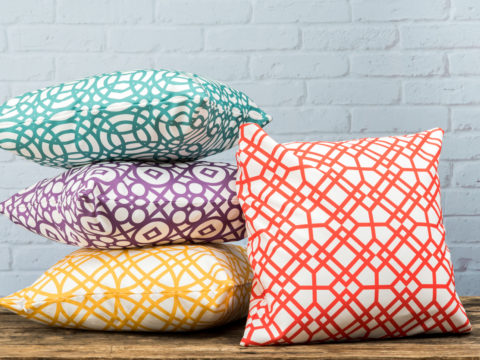Ladies and gentlewomen who served the queens
Chapter 4 : Serving a Queen Regnant
The role of the ladies-in-waiting changed under the two queens-regnant. Whilst Henry’s wives had had some influence over him, and they, in turn, might be influenced to a degree by their women, in the households of Mary and Elizabeth, women had an opportunity for real political power.
Each queen had, in descending order of rank, three Ladies of the Bedchamber, seven Ladies and Gentlewomen of the Privy Chamber, four chamberers (who undertook more menial tasks), and six maids-of-honour. In addition were the great ladies – wives of senior noblemen who might be at court who but were not officially of the household. A good example is Lady Margaret Douglas, Countess of Lennox, cousin to both the Tudor queens. She and Mary were close friends and the countess spent a good deal of time at court in Mary’s reign. However, on Elizabeth’s accession, she was no longer welcome.
Another lady who was demoted was Lady Katherine Grey, another cousin of both queens, who had been given a position as a gentlewoman of the bedchamber to Mary, despite the fact that she was the sister of Lady Jane Grey, executed after her father and father-in-law used her to try to oust Mary from the throne. On Elizabeth’s accession, she was demoted from the bedchamber, to the presence chamber, the least intimate role.
In Charlotte White’s essay on the households of Mary and Elizabeth,…in ‘Tudor Queenship: The Reigns of Mary and Elizabeth’ she makes the interesting point that Mary’s court was far less partisan than Elizabeth’s – Mary had courtiers and ladies who were friends and relatives of those who had opposed her succession and her policies, whilst Elizabeth was almost entirely surrounded by her mother’s kin – Careys, Howards and Knollys. White’s thesis is that this left Elizabeth out of touch with some of her more distant nobles and contributed to the Rising of the Northern Earls in 1569.
Elizabeth was an exacting mistress. She allowed her favourite ladies little time off. Her cousin, Katherine Carey, Lady Knollys, was required to return to court as soon as possible after bearing her numerous children. Later in her life, Elizabeth became increasingly irascible with the younger women and it was not unknown for her to hurl things at them.
Elizabeth disliked eating in public. Food would be sent to her privy chamber and the ladies would wait on her in privacy, carving the meat, and pouring the wine. A favoured one would also sleep in the Queen’s bedchamber – to sleep alone was completely unheard of, even for a monarch. They washed her, dressed her, combed her hair and decked her with the make-up and jewels that created her image – in fact, without the help of her ladies, the image of Gloriana might never had been achieved!
Bibliography
Ashdown, Dulcie M, Ladies-in-Waiting (United States: Barker, 1976)
Borman, Tracy, Elizabeth’s Women: The Hidden Story of the Virgin Queen (United Kingdom: Vintage, 2010)
Brewer, John Sherren and James Gairdner, Letters and Papers, Foreign and Domestic, of the Reign of Henry VIII: Preserved in the Public Record Office, the British Museum, and Elsewhere in England (United Kingdom: British History Online, 2014)
Byrne, Muriel St Clair, The Lisle letters: An Abridgement (United Kingdom: Martin Secker & Warburg, 1983)
Whitelock, Anna, Elizabeth’s Bedfellows, Kindle edn (London: Bloomsbury Publishing PLC, 2013)
Whitelock, Anna and Alice Hunt, eds, Tudor Queenship: The Reigns of Mary and Elizabeth, Kindle edn (Basingstoke: Palgrave Macmillan, 2012)








